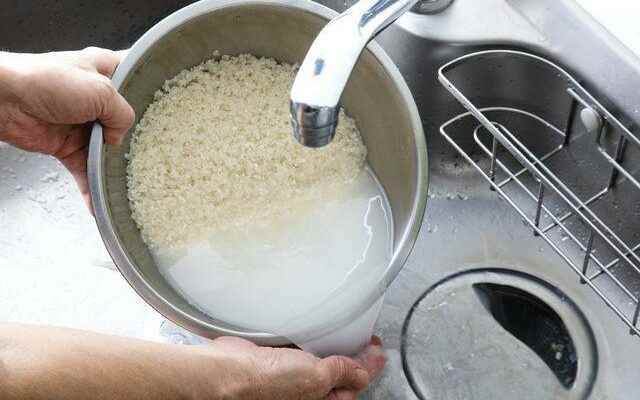Rice is mostly preferred for making pilaf and rice pudding in our country. Although there are different types of rice, white rice is the most preferred. Depending on the type of rice, its color, consistency and nutritiveness change. The reason why the most preferred rice worldwide is white rice; It has a long shelf life, is easy to cook and eat.
The role of rice in nutrition is very different. Some blame the consumption of rice because of the problem of obesity, which is one of the most dangerous threats the world has faced in recent years. The relationship between obesity, a global health problem, and rice is controversial. So what does rice have to do with obesity? Is it suitable for weight loss or is it high in calories?
WHAT IS RICE?
Rice is a grain classified as a whole or refined grain. When rice is milled, it becomes refined and loses essential nutrients, but sometimes has a better taste or longer shelf life. Rice or paddy is a herbaceous plant species that is most cultivated after corn and wheat from the grass family. Paddy means rice that is not groats, unprocessed rice grains. It is of great importance in nutrition for more than half of the world’s population.
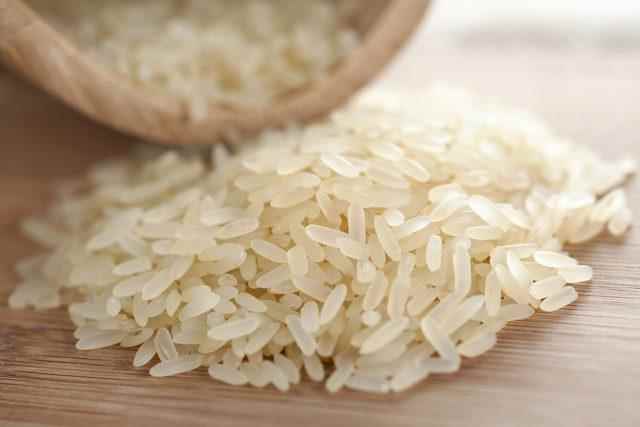
Brown and wild rice are intact whole grains that contain both the bran and germ. Therefore, they are nutritious and rich in fiber and nutrients.
THE MOST NUTRITIVE PARTS OF RICE ARE SEPARATED
On the other hand, both the bran and the nutritious germ have been removed from white rice, which ultimately separates the rice from its most nutritious parts. Again, the purpose of this is to improve the taste, extend the shelf life and increase the cooking quality.
BROWN RICE
The fiber, vitamins and minerals in brown rice are higher than white rice. Its nutrients help improve glycemic control, which benefits those with diabetes. Dietary fiber may also help lower LDL (bad) cholesterol, which may reduce the risk of cardiovascular disease.
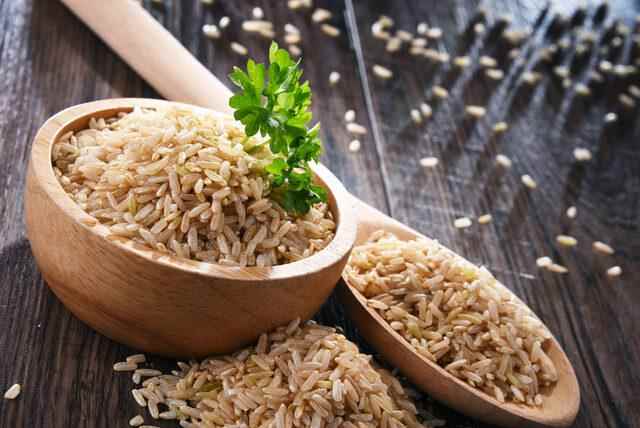
According to scientific studies; high-fiber foods promote a feeling of fullness, which can support weight management and help stave off obesity.
WHITE RICE
White rice contains fewer nutrients and less fiber than brown rice. Additionally, varieties of white rice consist almost entirely of carbohydrates in the form of starch and glucose.
EFFECT OF RICE ON WEIGHT
A positive relationship was found between brown rice and weight control. It has been repeatedly proven by studies that people who eat whole grains such as brown rice are less overweight and have a lower risk of gaining weight than those who do not.
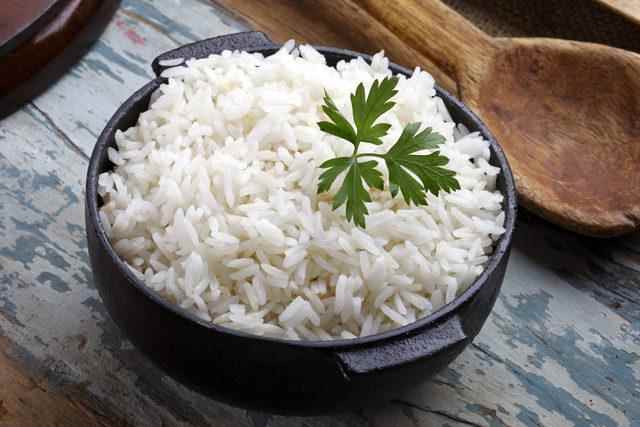
For white rice, the situation is a little more complicated. Many nutrients in white rice are separated until it is finalized. In recent years, white rice with higher nutritional and vitamin content has been sold under the name of enriched white rice. Classic white rice has some health benefits. There were also no findings that directly promoted weight gain.
EMPTY CALORIES
White rice has less nutritional value than other types of rice and can be considered “empty” calories, meaning it doesn’t negatively affect the body, but it doesn’t help it much.
HOW DO YOU EAT RICE?
White rice is one of the most consumed foods in Asia. People in Asian countries can consume rice at almost every meal, and it appears to protect against weight gain and high blood pressure in these populations.
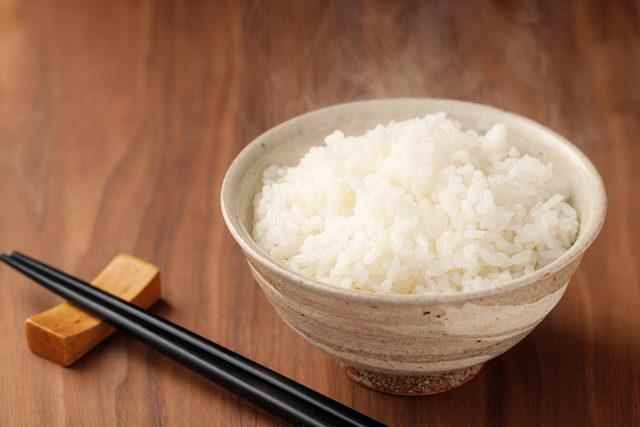
However, when we look at other countries, the situation changes. A study among Iranian adolescents showed that those with the highest rice intake had the greatest association with obesity and overweight. Those who ate more white rice had the lowest scores for nutrient intake as measured by the recommended intake. While eating rice, the amount and how it is cooked and consumed are also very important.
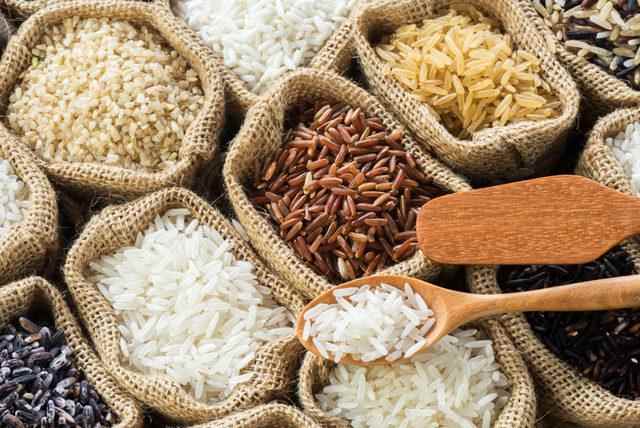
In short, rice may cause weight gain if eaten with a less nutritious diet, but may contribute to weight management if eaten as part of a balanced diet. It all seems to depend on paying attention to portion size and eating an overall healthy and balanced diet.
